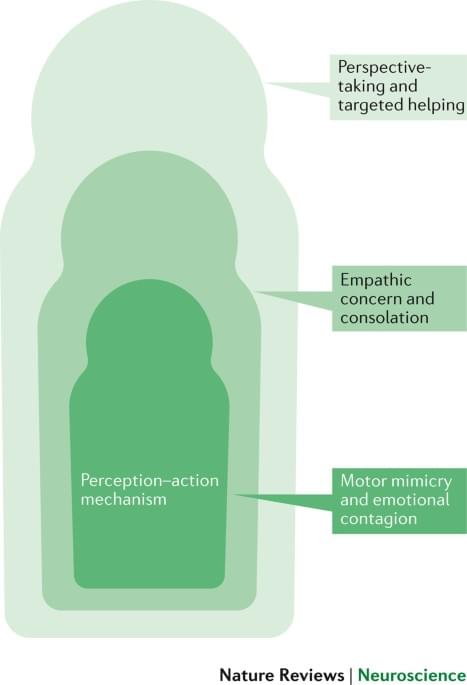Lab-grown meat, cultivated meat, cell-based meat, slaughter-free meat: All of these terms refer to the process of creating real meat from animal cells, despite names that may allude to a vegan product.
What benefits are there to growing meat from chicken cells rather than raising animals for slaughter? Industrial animal agriculture is responsible for an estimated 15 percent of total global greenhouse gas emissions, and with demand for meat projected to double in the next decade, this technology could offer a more sustainable option for future carnivores.
Come with us as we step inside a lab-grown meat facility, and become some of the first to taste-test chicken that was grown in a bioreactor instead of on a factory farm.





